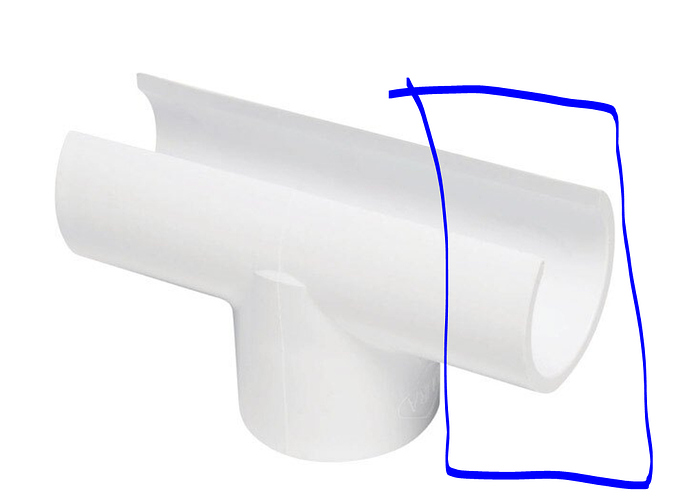My house has two HVAC units and the water heater up in the attic. Of course any water leak can cause major damage to the house if not caught immediately. Therefore, I installed water sensors in the emergency pans under the units. On the water heater I used Aeotec’s single water leak sensor and for the HVAC units, I picked the Water Sensor 6 as it can handle two water leak probes.
The other day I was in the attic to finally seal up one of my air handlers, as the company replacing both my coils did a good job on one and an awful job on the other. Maybe an apprentice helping an experienced tech? What annoys me is that I got charged $600 for each coil (just labor) to be replaced so I would expect the same quality work on both. While doing the work, I noticed that the sensor was out of battery (it beeps when you move it) but procrastinated replacing it… bad mistake!!!
The day after I sealed everything up, I noticed plenty of water coming out of the overflow drain for the upstairs HVAC. I raced up to the attic and found the emergency pan about to overflow, with my custom water leak sensor probe floating (literally) in the water! I was so upset with myself for not replacing the battery, or hooking up a 5V supply to the sensor’s dock (all I needed was a wire as I already had a 5V power supply up there!). Some might wonder why the HVAC’s water sensor did not disable the HVAC… well the person who did the awful work on it, had left the pan lifted on the side of the sensor so the water was not triggering the emergency shutoff… and even worse, was making it possible for the water to overflow because the emergency drain was not able to fully drain the pan. Pushing a drain tube slightly to a side allowed me to place the pan back flat.
I believe my shop vac is 12 Gallons, so I must have vacuumed about 5 to 6 gallons of water given it was half full. I live in Texas and it was both super humid and over 42C (108F) in the attic! Not fun to work up there! The cause of the water was condensation leaking into the pan instead of the drain due to a saw cut in my drain pipe!!! The “apprentice” was apparently cutting the drain pipe (necessary to get the coil out of the air handler) and then changed approach and cut the pipe elsewhere. When I sealed the system, I removed the foam insulation that I needed to replace as it was a very sloppy job. In doing so, I must have fully removed whatever was partially sealing the saw cut (the leak was already there which is also why I was sealing up everything given there was lots of condensation drip in the pan). To repair the issue I got creative and sliced off the end of a PVC snap on Tee. I glued it in place with the proper primer and cement. It is a drain so no pressure therefore I expect this fix to last a lifetime.
Saw cut!!:
The part I used to fix it (w/ primer and PVC cement):
The custom probe that was floating in the water (triggers if water touches either of the side screws and the middle screw):
LESSONS LEARNED:
- Sensors are useless if the batteries are dead!! Monitor them as things will always seem to happen the moment your battery dies.
- Finish the job when you are at it… I have @RBoy 's app to alert me when batteries are low but I guess I did not add the new sensor when I implemented it.
- Hard wire when you can… it eliminates the chance you’ll forget to replace the battery!
SENSOR RELATED ISSUES:
I finally hardwired the sensor AND replaced its battery given it can act as a backup. A day or two later, the battery was reporting dead at 1%… WTF??? The DTH reports that the sensor is operating DC powered so why would the battery deplete so fast? I know the battery was new and it came from digikey.com so super unlikely that it was a counterfeit (that is why I quit buying them from amazon).
Also, for some reason the sensor is set to constantly beep if the environment is over 40C. My attic is reaching 43C and likely more in the next month or so. Does anyone know of a DTH that can set that parameter (it is configurable)? I am using @Robert_Vandervoort 's DTH as that is what Aeotec linked on their site but it appears to only be a partial implementation.
CONCLUSION:
Sorry for the long read… writing this was my penance for letting my home automation fail me at warning me to what could have turned into big water damage (mold, paint, electrical shorts, etc). Hopefully this will trigger you all to go check your sensors!



